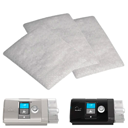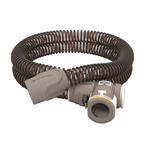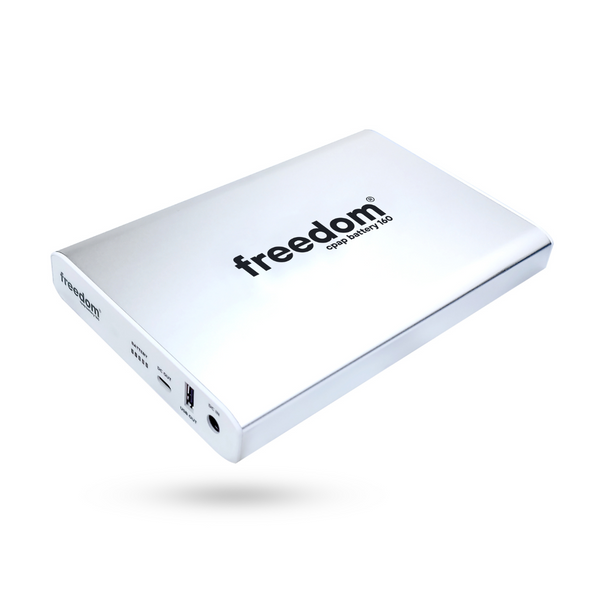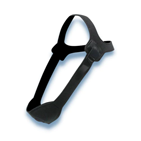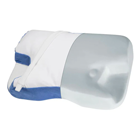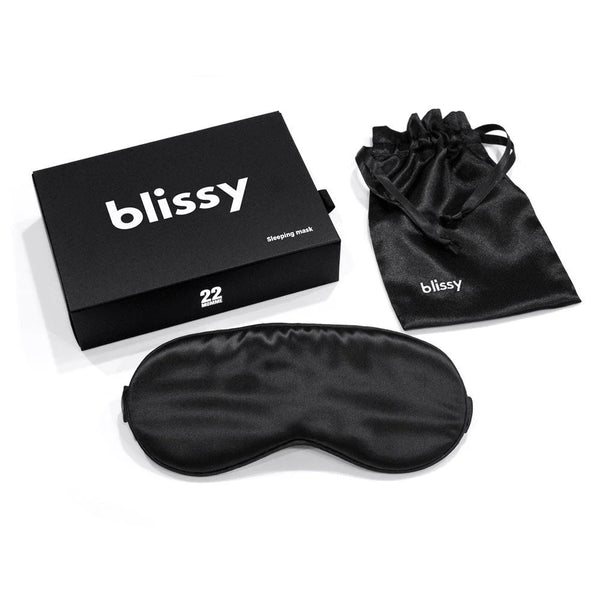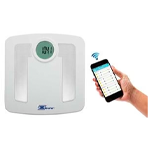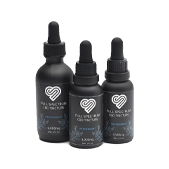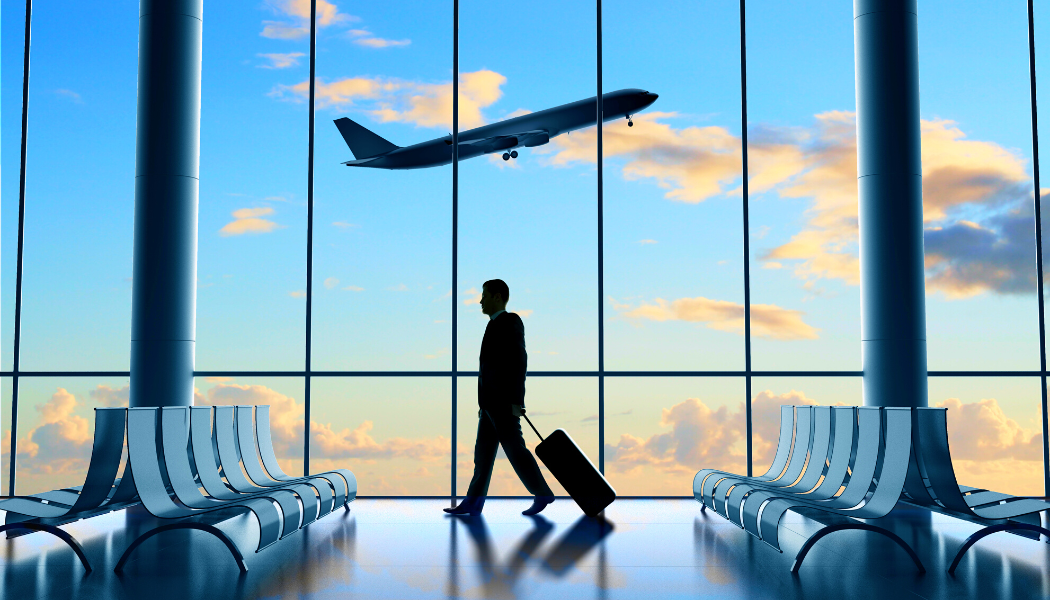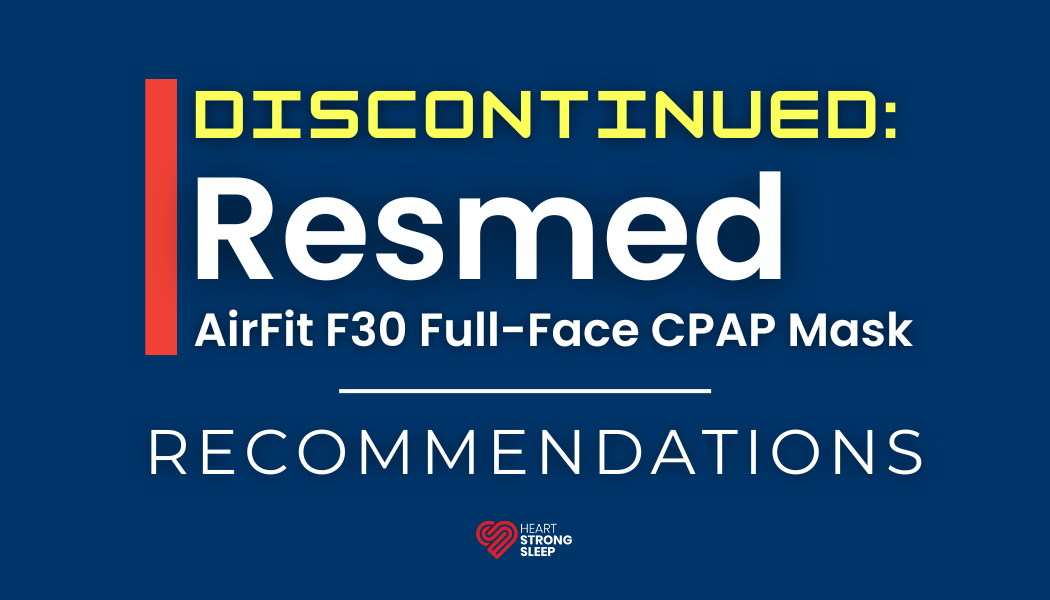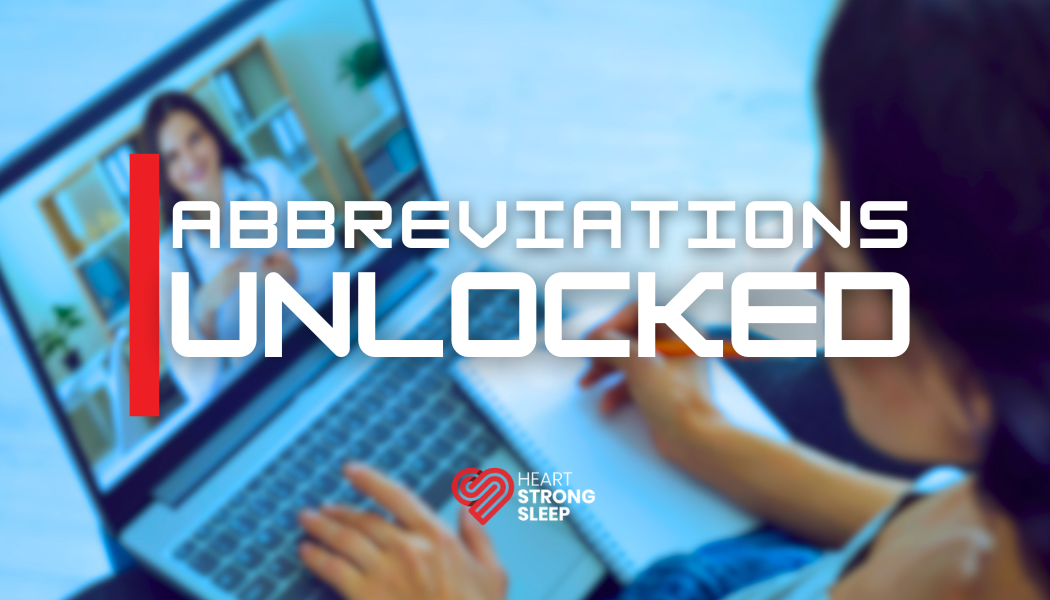According to the US Bureau of Transportation Statistics, over 2 million passengers fly every day, which includes passengers with assisted devices including CPAP machines. Most airlines have specific policies for traveling with a CPAP machine, also referred to as an assisted or medical device.
Before flying with your CPAP machine, you’ll need to contact your airline at least two weeks prior if not sooner. Let them know you will be bringing a CPAP machine and may need to use it in-flight.
Policies may vary between airlines. Click on the airline carrier below to view their online policy to learn more.
If you do not see your airline listed, please call them directly.
TSA : Nebulizers, CPAPs, BiPAPs, and APAPs
Enjoy a restful flight with your CPAP device!
The airline industry is constantly evolving to improve the comfort and safety of its passengers. One area where this is particularly important is in the treatment of sleep apnea and CPAP usage in-flight.
Firstly, it's important to know that most airlines allow passengers to bring their CPAP machine on board as a carry-on item. However, it's always a good idea to check with your airline before you travel to ensure that their guidelines haven't changed. You'll also want to check whether you'll need a letter from your doctor stating that you require the use of a CPAP machine. This is especially important if you're traveling internationally.
When packing your CPAP machine for your flight, it's essential to keep it in its original carrying case. This will help to protect it from damage during transit. You'll also want to pack any accessories, such as hoses, filters, and masks, in a separate bag to keep them organized.
Once you're on board the plane, the flight attendants will usually ask you to stow your CPAP machine in the overhead bin during takeoff and landing. However, once the seatbelt sign has been turned off, you're free to use your CPAP machine during the flight. It's a good idea to let the flight attendants know that you'll be using a CPAP machine and to request a seat near a power outlet or let them know if you are using a battery power solution.
If you're traveling internationally, it's important to know that the voltage and plug types can vary between countries. You'll need to check whether you'll need a voltage converter or an adapter to plug in your CPAP machine. It's also a good idea to bring along a universal power adapter that can be used in multiple countries.
In conclusion, traveling with a CPAP machine can be challenging, but it's important to ensure that you can continue your CPAP therapy while on the go. By following the airline industry CPAP guidelines and packing your CPAP machine carefully, you can enjoy a comfortable and restful flight. If you have any questions or concerns, don't hesitate to contact your airline or your doctor for advice.
If you have sleep apnea, you know that using a CPAP machine is essential for getting a good night's sleep. But what happens when you need to travel? Can you bring your CPAP machine with you?
The good news is that yes, you can bring your CPAP machine with you when you travel. In fact, it's important to do so in order to get a good night's sleep and avoid the negative effects of sleep apnea.
Here are some tips for traveling with your CPAP machine:
- Pack your CPAP machine in its own carry-on bag. This will help to protect it from damage during transport.
- Bring your CPAP prescription with you. This may be required by the airline or hotel.
- Let the airline know that you are traveling with a CPAP machine. This will help to ensure that you have a seat with an outlet so that you can use your machine on the plane.
- Turn off the humidifier on your CPAP machine before going through security. This will help to speed up the security process.
- Be prepared to show your CPAP machine to security. They may need to x-ray it.
- If you are flying internationally, check the airline's policies for traveling with medical devices. Some airlines may have additional requirements.
By following these tips, you can make traveling with your CPAP machine a breeze.
Here are some additional tips to help you get a good night's sleep while traveling with your CPAP machine:
- Choose a seat with an outlet. This will allow you to use your CPAP machine on the plane.
- Bring a backup battery. This will give you peace of mind in case the power goes out in your hotel room.
- Pack a travel pillow. This will help to keep your head in the correct position while you sleep.
- Pack a sleep mask. This will help to block out light and noise.
- Pack earplugs. This will help to block out noise.
- Make sure you have enough supplies. This includes your CPAP machine, mask, tubing, and filters.
By following these tips, you can get a good night's sleep while traveling with your CPAP machine.



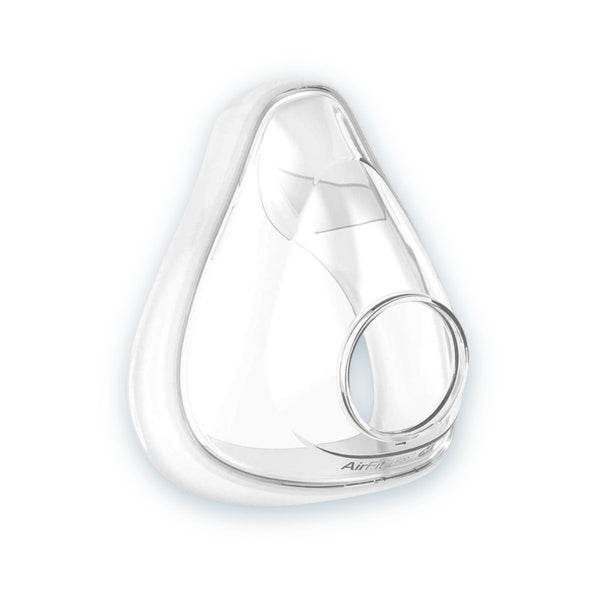

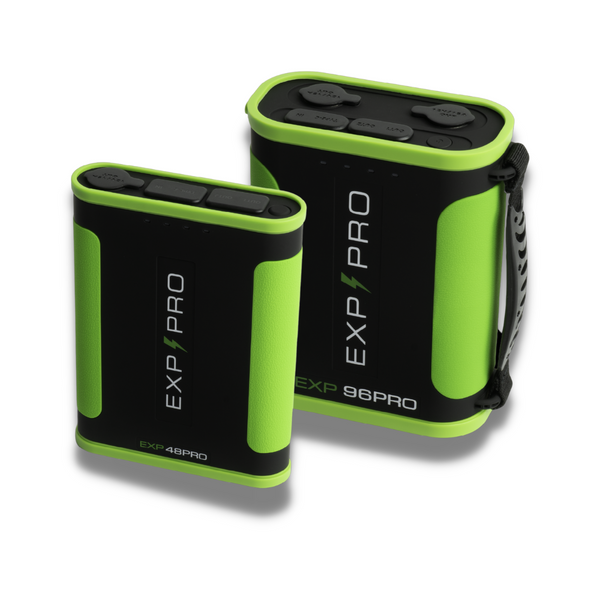
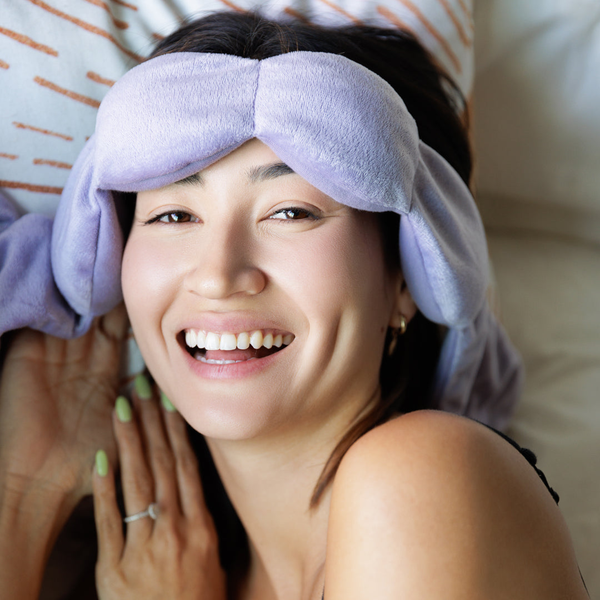

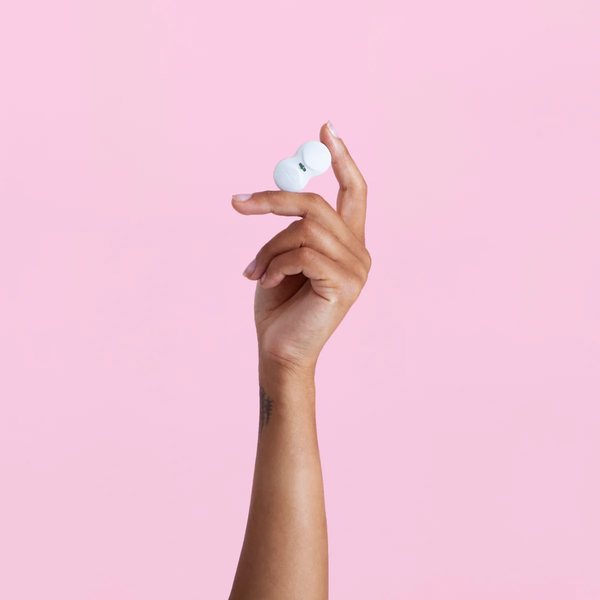
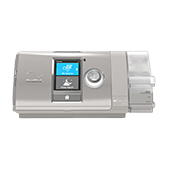
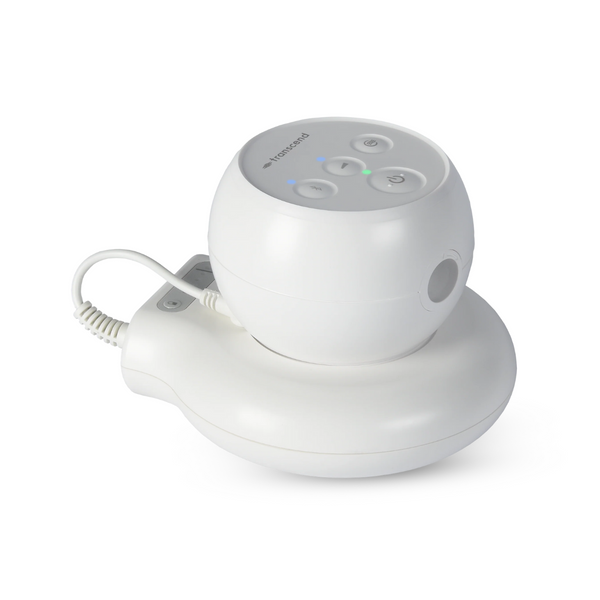
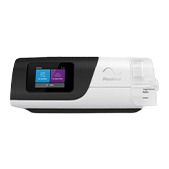
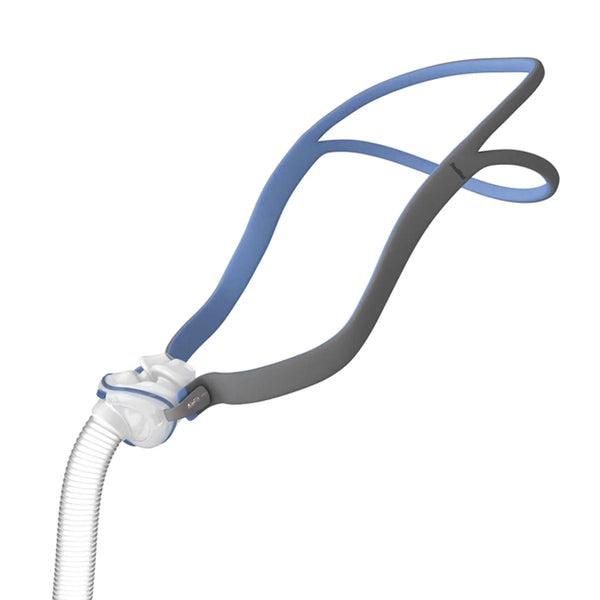
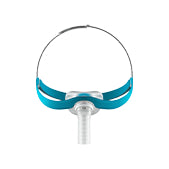
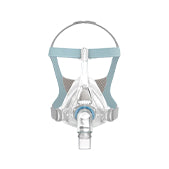
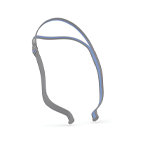

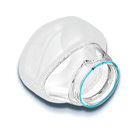
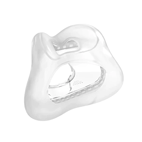
![[subscription]](http://heartstrongsleep.com/cdn/shop/files/Group_30_6a2ee5b7-7d1a-49f1-855d-428a7cb5358f.png?v=1733846466&width=600)
